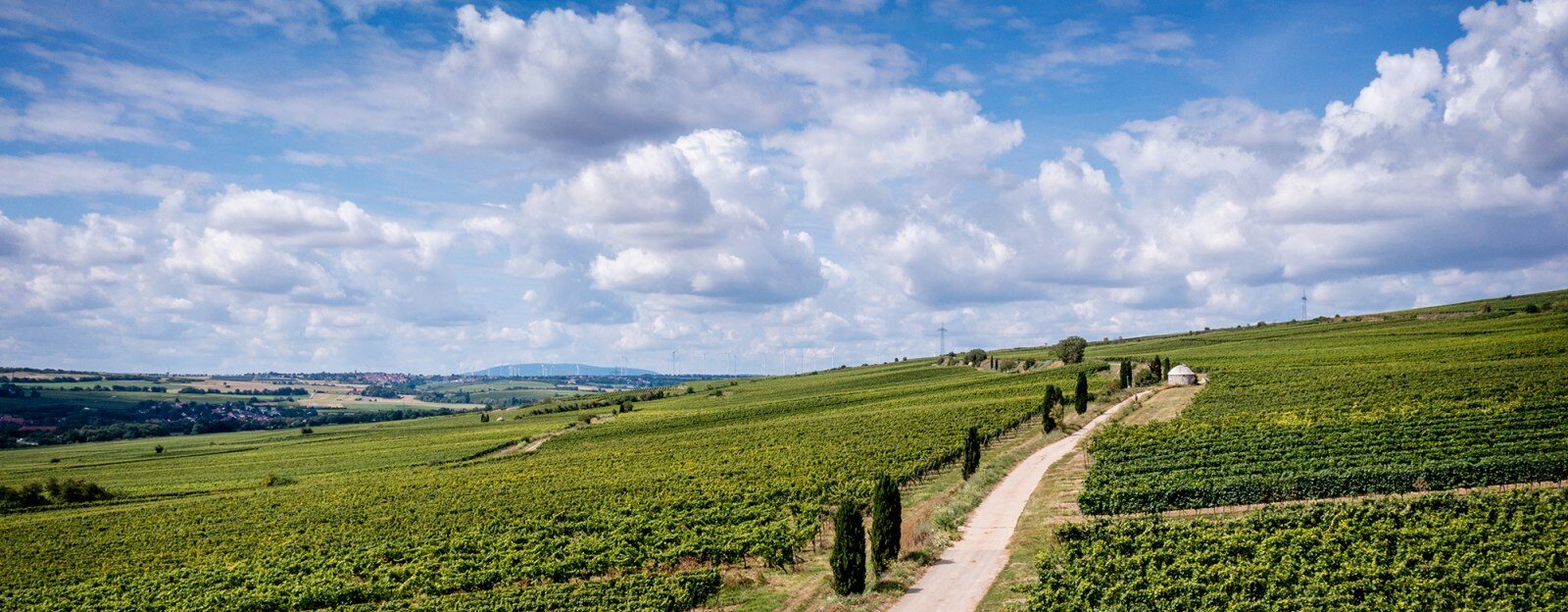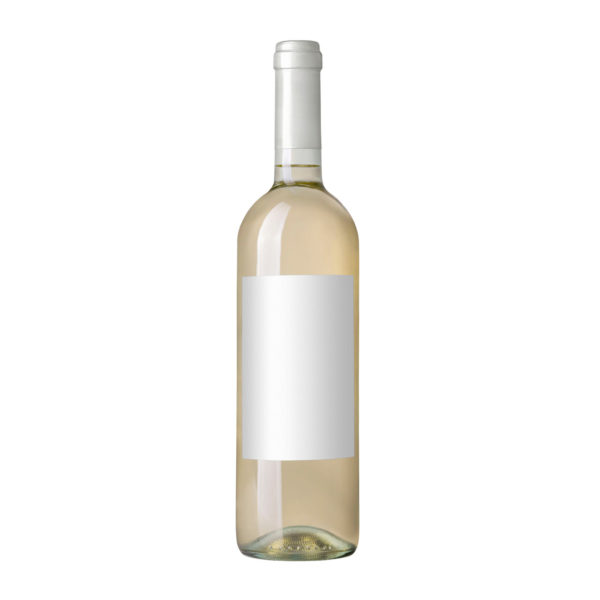Producer Spotlight - 12/19/2022
Weingut Seehof: Poor Man's Keller
Hello Collectors,
A couple of weeks ago, we ran our first ever entirely German Friday List. Just as when we sent our first Bourbon list in February, we learned that you want a LOT more than we’ve been featuring. So today, we’re bringing you what we call “the poor man’s Keller.” These wines come from the same vineyards, parcels right next to Keller’s, and have left us floored by their quality, standing up to their famous neighbor’s wines at only a fraction of the prices.
For the last two decades, the Keller family has dominated the dry Riesling category. The DRC of Germany, their wines are the most collectible, most expensive, and most imitated. Most any producer riding Keller’s stylistic coattails falls short of impressive, but there is one estate that is making waves—and not as an impersonator. With wines that have their own personalities, Weingut Seehof’s own incredible merits call to mind the greatness of the superstar next door.
The Seehof family is about as closely related to Keller as it gets. Julia Fauth married Klaus Peter Keller in the 1990s, becoming Julia Keller. Her younger brother, Florian, is the gifted winemaker at Seehof. The families are very close, living only ten minutes apart and sharing some of the most famous parcels in Germany: Kirchspiel and Morstein. Stylistically, they’re just as closely related, especially in leaner vintages, when Seehof wines can achieve an electric energy reminiscent of the top Keller wines. We’re thrilled to offer you both of these today, plus a Steingrube.
We’ve written before how DRC’s skyrocketing prices caused a slower, but eventual, rise in prices across all of Burgundy, bolstered by a few other producers of similar acclaim. And while Germany is a different beast entirely, we’re starting to see a similar effect on the Riesling world as a result of Keller’s superstardom. We fully expect Seehof to be swept up in that rising tide, for both their family ties to Keller and the undeniable quality of their wines. In the coming years, we’re all going to look back at these wines and laugh in disbelief that they were ever $30, $40, and $50—probably while kicking ourselves for not buying all that we could.
These 2021s are brilliant and crystalline, edgy and cool. They’re not as flashy or fleshy as the previous few vintages, but they’ll be absolute showstoppers with some bottle age. For those who know German vintages, think 2004, 2008, 2010, and 2017. The Kirchspiel is suave and cunning, herbaceous on the nose, and finely woven on the palate, with orange and tangerine notes. The Steingrube is pure, graceful, and classy, a little higher pitched than the Kirchspiel, with slight saline notes. The Morstein Alte Reben is the most brooding of the three. Burly and dense, with fine tannins that are reminiscent of black tea, it can age effortlessly for at least a decade, but has fleshy yellow and citrus fruit notes to provide plenty of enjoyment in the nearer future.
We’re excited to offer you these true “insider” wines today. They really stunned us, and we’ll be drinking them ourselves for a long time to come—while they’re still affordable—and hope you join us on this journey.

